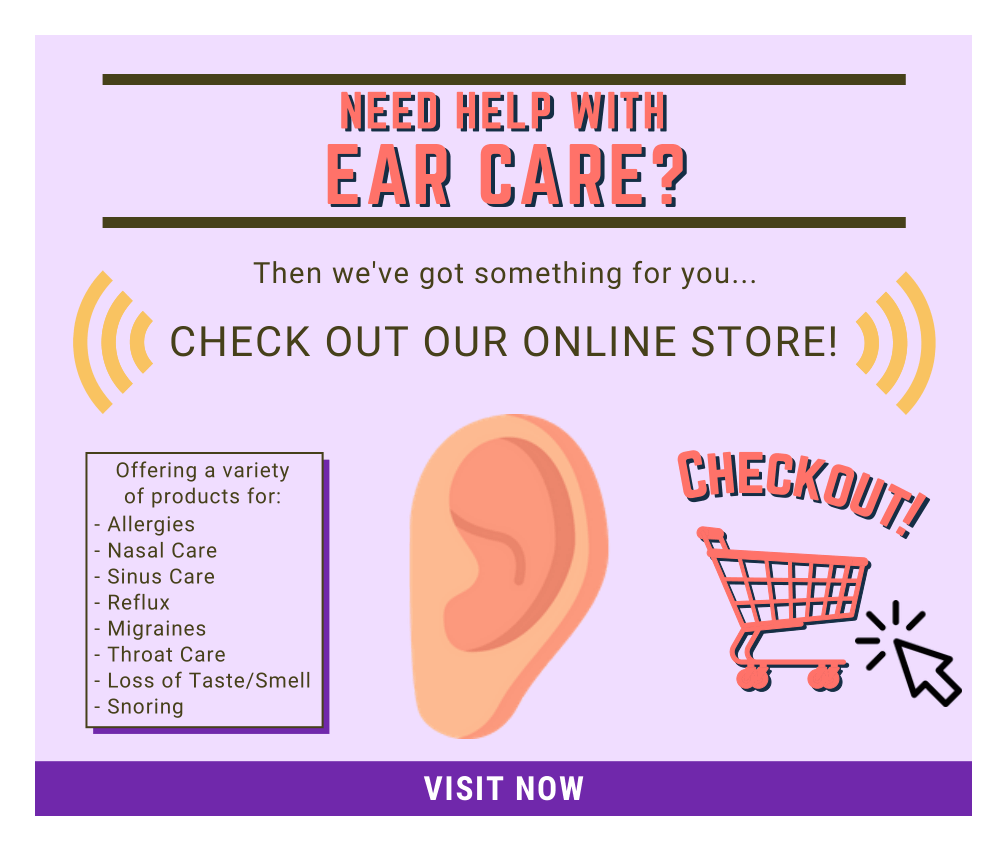Tuning Fork to Diagnose Your Hearing Loss or Clogged Ear at Home
Progressive onset of hearing loss or clogging in one or both ears is a very common symptom that leads to an ENT office visit. However, a simple tuning fork test can be performed at home in order to help diagnose whether a nerve issue is present versus something more benign like ear fluid or earwax.
A C 512 Hz tuning fork is the single best tuning fork to use for these tests and can be easily found for less than $20.
There are two tuning fork test components. The Weber test is performed by firmly placing a vibrating tuning fork in the middle of the forehead. The Rinne test is performed by firmly placing a vibrating tuning fork first against the bone behind the ear followed by near the ear canal opening. When the tuning fork is against the bone, one is performing a bone conduction exam. When the tuning fork is placed near the ear canal, one is performing an air conduction exam.
The patient responds to each test by stating where they hear the sound most loudly for both Weber and bilateral Rinne Tests.
The pattern of responses determine what type of hearing loss or ear clogging cause is present.
So how do these tests work to diagnose an ear problem?
Watch the video!
Of course, an ear exam can help diagnose an ear problem as well. In order to examine the ear at home, one can use a digital otoscope.
Doing the tuning fork tests and performing a digital otoscope ear exam can diagnose the vast majority of ear complaints in the comfort of your home.
Fauquier ENT
Dr. Christopher Chang is a private practice otolaryngology, head & neck surgeon specializing in the treatment of problems related to the ear, nose, and throat. Located in Warrenton, VA about 45 minutes west of Washington DC, he also provides inhalant allergy testing/treatment, hearing tests, and dispenses hearing aids.



No comments:
CLICK to Post a Comment